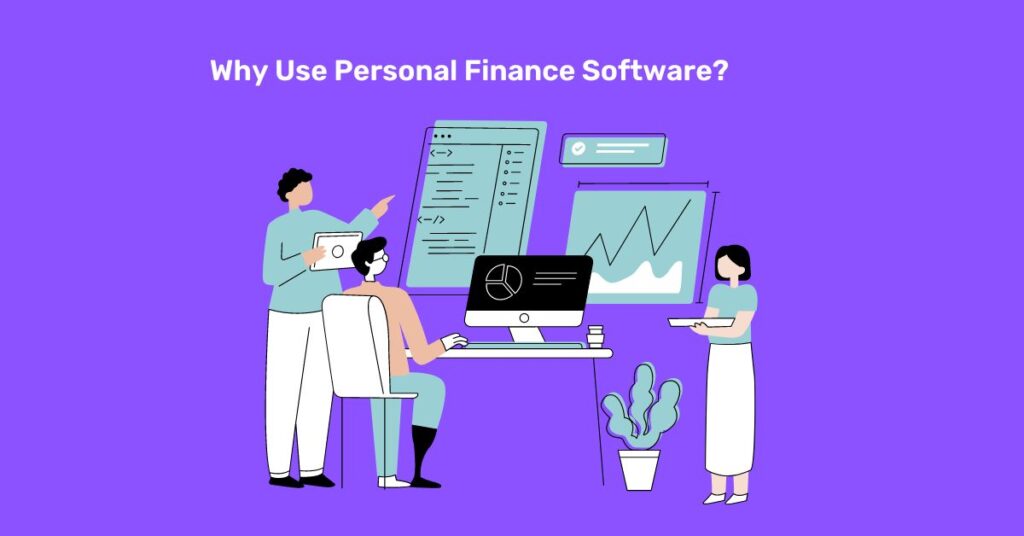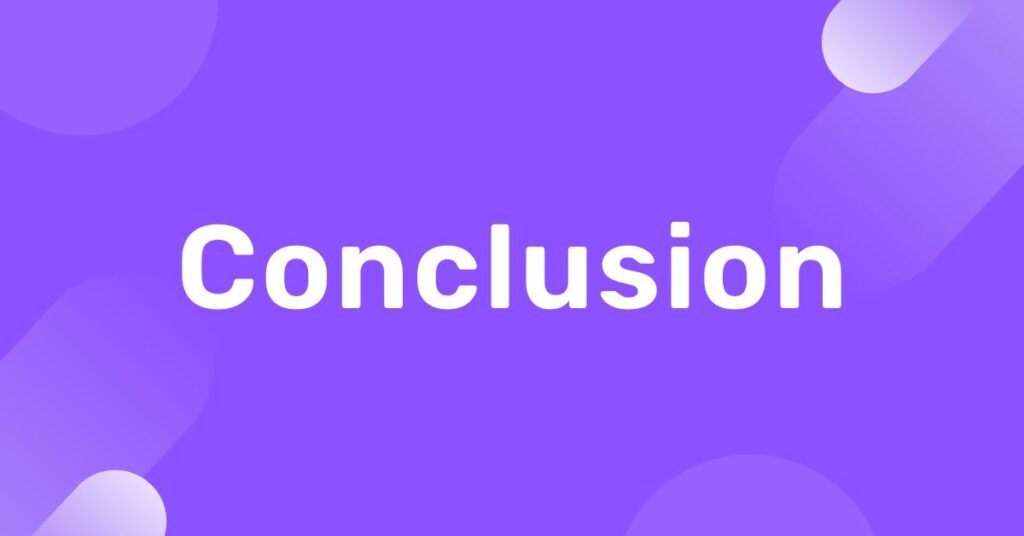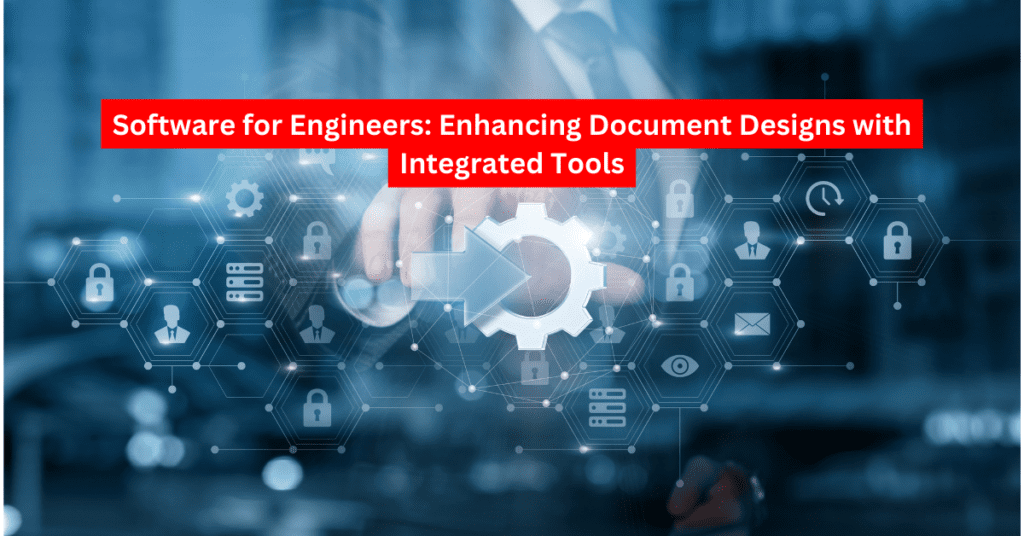Managing your finances can often feel like trying to navigate a maze blindfolded. You’re not alone if you’ve ever felt overwhelmed by budgeting, tracking expenses, or saving for future goals. In fact, studies show that nearly 70% of Americans have less than $1,000 in savings, highlighting the widespread struggle with financial management. However, in today’s digital age, personal finance software can serve as a powerful tool to help you take control of your money and unlock your financial potential. This article will guide you through the top free personal finance software available, helping you make informed decisions and achieve your financial goals.
Table of Contents
Introduction: The Importance of Personal Finance Software
In a world where financial security is increasingly important, personal finance software has become essential. These tools simplify the complexities of managing money, offering features like automated budgeting, expense tracking, and goal setting. Whether you’re looking to get out of debt, save for a major purchase, or simply gain a better understanding of your spending habits, the right software can make all the difference.
In this guide, you’ll discover why personal finance software is a game-changer, explore the top free options available, and learn how to select the best tool for your needs. By the end, you’ll be equipped with the knowledge and confidence to take charge of your finances and start building the future you desire.
Why Use Personal Finance Software?

Simplify Budgeting
Budgeting is the cornerstone of financial success, but it can be challenging to manage manually. Personal finance software automates this process, allowing you to create and maintain a budget with ease. These tools categorize your expenses, track your income, and provide insights into your spending patterns. This way, you can identify areas where you can cut back and allocate more funds toward your financial goals.
Track Expenses Effortlessly
One of the biggest challenges in personal finance is keeping track of where your money goes. With personal finance software, every transaction is automatically recorded and categorized, providing a clear overview of your spending. This visibility helps you stay on top of your finances, avoid overspending, and ensure that your money is being used effectively.
Achieve Financial Goals
Whether your goal is to pay off debt, save for a vacation, or build an emergency fund, personal finance software can help you stay on track. Many tools allow you to set specific financial goals and monitor your progress over time. By keeping your objectives in focus, these tools motivate you to make smarter financial decisions and stay committed to your goals.
Top Free Personal Finance Software Options
To help you navigate the many options available, we’ve compiled a list of the top free personal finance software. Each tool has been selected based on its features, ease of use, and overall value to users. Below, you’ll find a comparison table, followed by detailed overviews of each option.
| Software | Key Features | Pros | Cons | Hidden Costs |
|---|---|---|---|---|
| Mint | Budgeting, expense tracking, goal setting | User-friendly, comprehensive features | Ads can be intrusive, limited investment tracking | None |
| YNAB (You Need A Budget) | Budgeting, financial goal setting | Proactive budgeting philosophy, educational resources | Steeper learning curve, no free version after trial | Free for 34 days, then subscription |
| Personal Capital | Investment tracking, budgeting, retirement planning | Excellent investment tools, detailed financial overview | Focus on wealth management, fewer budgeting features | None |
| PocketGuard | Budgeting, expense tracking, savings goals | Simplified budgeting, spending insights | Limited customization, fewer advanced features | Premium features available |
| EveryDollar | Zero-based budgeting, goal tracking | Easy to use, based on Dave Ramsey’s budgeting method | Limited free version, no bank syncing | Premium version available |
Mint
Mint is one of the most popular free personal finance tools, and for good reason. It offers a comprehensive suite of features, including budgeting, expense tracking, and goal setting. The interface is user-friendly, making it easy for beginners to get started. Mint also provides a clear overview of your financial health, tracking everything from your bank accounts to your credit score.
Why It Stands Out: Mint’s strength lies in its all-in-one approach. It consolidates all your financial accounts into one place, giving you a holistic view of your finances. Additionally, it offers personalized tips on how to save money, making it a great choice for those looking to improve their financial habits.
Considerations: While Mint is free to use, it is ad-supported, which can sometimes be intrusive. Additionally, its investment tracking features are not as robust as those offered by other tools.
YNAB (You Need A Budget)
YNAB is more than just a budgeting tool; it’s a philosophy. Based on the principle of proactive budgeting, YNAB encourages users to give every dollar a job, ensuring that your money is working for you. The software offers a wealth of educational resources to help users get the most out of the platform.
Why It Stands Out: YNAB’s approach to budgeting is unique and highly effective for those who are serious about taking control of their finances. The software is designed to help you break the paycheck-to-paycheck cycle and start saving.
Considerations: YNAB offers a 34-day free trial, after which a subscription is required. The learning curve can be steep for beginners, but the payoff is worth it for those who stick with it.
Personal Capital
If you’re looking to manage both your budget and investments, Personal Capital is an excellent choice. This tool offers robust investment tracking features, along with budgeting and retirement planning tools. Personal Capital provides a detailed financial overview, making it ideal for those with more complex financial needs.
Why It Stands Out: Personal Capital excels in investment management. It allows you to track your portfolio, analyze your asset allocation, and plan for retirement, all in one place. The software also offers a net worth calculator, helping you keep track of your financial progress over time.
Considerations: While Personal Capital’s budgeting features are solid, they are not as comprehensive as those offered by other tools. The focus on wealth management may not be ideal for those primarily looking for budgeting software.
PocketGuard
PocketGuard is designed for simplicity. It helps you create a budget, track your spending, and identify opportunities to save. The software provides a clear picture of how much money you have available to spend after accounting for bills, goals, and necessities.
Why It Stands Out: PocketGuard’s straightforward approach makes it a great choice for those who want a quick and easy way to manage their finances. The software’s “In My Pocket” feature shows you how much disposable income you have, helping you avoid overspending.
Considerations: PocketGuard offers fewer advanced features compared to other tools. While it’s great for basic budgeting, those looking for more customization and detailed financial tracking may need to look elsewhere.
EveryDollar
EveryDollar is a budgeting tool based on the zero-based budgeting method popularized by financial expert Dave Ramsey. The software is easy to use and helps you allocate every dollar of your income to a specific category, ensuring that your money is being used intentionally.
Why It Stands Out: EveryDollar is perfect for those who follow Dave Ramsey’s financial advice and want a tool that aligns with his principles. The software’s simplicity makes it accessible to users of all experience levels.
Considerations: The free version of EveryDollar does not offer bank syncing, meaning you’ll need to manually enter your transactions. A premium version is available with additional features, but it comes at a cost.
Features to Look For in Personal Finance Software
When choosing personal finance software, it’s important to consider what features are most important to you. Here are some key features to look for:
- Budgeting Tools: Look for software that offers comprehensive budgeting features, including the ability to set up multiple budgets, track expenses, and monitor your progress over time.
- Expense Tracking: Automatic expense tracking is essential for staying on top of your finances. The best tools categorize your transactions and provide insights into your spending habits.
- Goal Setting: Whether you’re saving for a specific goal or working to pay off debt, goal-setting features can help you stay motivated and track your progress.
- Investment Tracking: If you have investments, look for software that allows you to track your portfolio, analyze your asset allocation, and plan for retirement.
- Ease of Use: The software should be easy to navigate, with a user-friendly interface that makes it simple to access the features you need.
- Security: Since you’ll be linking your financial accounts, it’s crucial to choose software with strong security measures, including encryption and multi-factor authentication.
How to Get Started with Personal Finance Software
Getting started with personal finance software is easier than you might think. Here are some practical steps to help you begin:
- Identify Your Needs: Start by determining what you need most from personal finance software. Are you focused on budgeting, tracking expenses, or managing investments? Knowing your priorities will help you choose the right tool.
- Choose a Tool: Use the comparison table and overviews provided in this article to select the software that best meets your needs. Consider factors like ease of use, key features, and any potential limitations.
- Set Up Your Accounts: Once you’ve chosen a tool, the next step is to link your financial accounts. This typically includes your bank accounts, credit cards, and investment accounts. Most software will guide you through this process.
- Create a Budget: With your accounts linked, you can start setting up your budget. Most personal finance tools offer templates or guides to help you allocate your income to various categories, such as housing, groceries, and savings. Be sure to set realistic limits and adjust as needed to fit your financial goals.
- Track Your Expenses: Begin monitoring your spending by reviewing the transactions automatically imported into the software. Regularly check for any discrepancies and categorize expenses accurately to ensure your budget reflects your actual financial situation.
- Set Financial Goals: Use the goal-setting features to establish and track your financial goals. Whether you want to save for a vacation, pay off debt, or build an emergency fund, setting clear goals will help you stay motivated and focused.
- Review and Adjust Regularly: Personal finance management is an ongoing process. Regularly review your budget and expenses to ensure you’re staying on track. Make adjustments as needed based on changes in your income, expenses, or financial goals.
Practical Tips for Using Personal Finance Software
- Start Small: If you’re new to personal finance software, start with basic features and gradually explore more advanced options as you become comfortable.
- Regularly Update Transactions: Make it a habit to review and categorize your transactions regularly to ensure accurate budgeting and expense tracking.
- Use Budgeting Templates: Many tools offer budgeting templates to help you get started. Customize these templates to fit your specific financial situation and goals.
- Set Up Alerts: Take advantage of alerts and notifications to stay informed about important financial activities, such as upcoming bills or unusual spending.
- Review Financial Reports: Regularly review the financial reports and insights provided by the software to identify trends and make informed decisions.
- Take Advantage of Educational Resources: Many personal finance tools offer educational resources and tips. Use these to enhance your financial knowledge and improve your money management skills.
Conclusion


Personal finance software can be a game-changer in your journey to financial stability and success. By choosing the right tool and leveraging its features, you can simplify budgeting, track expenses, and achieve your financial goals with greater ease. Remember to regularly review your finances and make adjustments as needed to stay on track.
Now that you’re equipped with knowledge about the best free personal finance software, it’s time to take action. Try out one of the recommended tools, explore its features, and start taking control of your financial future. Share your experiences in the comments below or explore related articles on financial management for more tips and insights.
Call-to-Action
Ready to unlock your financial potential? Try one of the recommended free personal finance tools today and take the first step towards a more organized and prosperous financial future. Don’t forget to share your thoughts and experiences in the comments or on social media!
FAQs about Personal Finance Software
1. Is free software safe to use?
Yes, many free personal finance software options are safe and secure. However, it’s important to choose software with strong security measures, such as encryption and multi-factor authentication. Always research the software’s security features and read user reviews to ensure it meets high security standards before linking your financial accounts.
2. What features should I prioritize in personal finance software?
When selecting personal finance software, prioritize features such as:
- Budgeting Tools: For setting and tracking budgets.
- Expense Tracking: To monitor and categorize your spending.
- Goal Setting: For tracking financial goals and progress.
- Investment Tracking: If you need to manage investments.
- Ease of Use: A user-friendly interface is crucial for ease of navigation.
- Security: Strong encryption and security protocols to protect your data.
3. Can these tools help me save money?
Yes, personal finance software can help you save money by providing insights into your spending habits, helping you create and stick to a budget, and identifying areas where you can cut back. Many tools also offer personalized tips and recommendations for saving money based on your financial data.
4. How do I choose the right personal finance software for my needs?
To choose the right software:
- Identify Your Needs: Determine if you need budgeting, expense tracking, investment management, or a combination of these.
- Review Features: Compare the features of different tools to see which best meets your needs.
- Read Reviews: Look for user reviews and ratings to gauge the software’s effectiveness and reliability.
- Try Free Versions: Take advantage of free trials to test the software before committing to a subscription.
5. Are there any hidden costs associated with free personal finance software?
While the software itself may be free, some tools offer premium features or services at an additional cost. Be sure to review the pricing structure and any potential upsells before committing. Check if there are optional premium features that could enhance your experience but require payment.
6. How often should I update my financial information in the software?
Ideally, you should update your financial information regularly—at least once a week. This helps ensure that your budget and expense tracking are accurate and up-to-date. Many tools automatically sync with your accounts, but it’s still important to review and categorize transactions periodically.
7. Can personal finance software help me with tax preparation?
Some personal finance software includes features that can assist with tax preparation, such as tracking deductible expenses and generating tax reports. However, for more detailed tax preparation and filing, you may still need to use specialized tax software or consult a tax professional.
8. What should I do if I encounter problems with the software?
If you encounter issues with personal finance software, first check the software’s help center or support resources for troubleshooting tips. If the problem persists, contact customer support for assistance. Many tools offer chat support, email support, or user forums where you can seek help from both the company and other users.
9. Can I use personal finance software on multiple devices?
Many personal finance tools offer cross-platform compatibility, allowing you to access your financial information on multiple devices, such as your computer, smartphone, and tablet. Check the software’s features to ensure it supports the devices and operating systems you use.
10. How do I ensure my financial data remains private?
To protect your financial data:
Monitor for Unauthorized Access: Regularly review account activity for any unusual transactions or access.
Choose Software with Strong Security Measures: Look for encryption, multi-factor authentication, and secure data storage.
Regularly Update Passwords: Use strong, unique passwords for your financial accounts and software.


